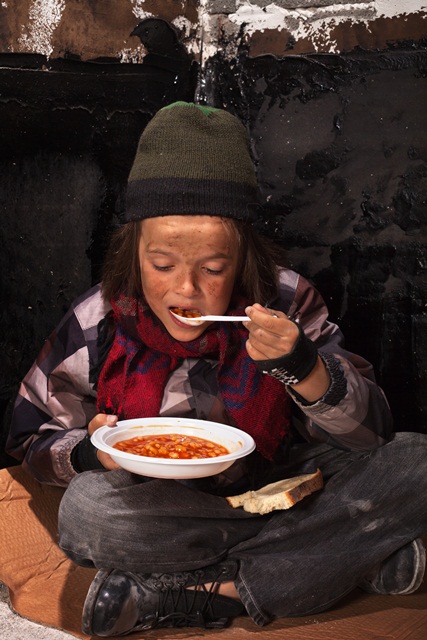
Although “human trafficking” has been defined at international level and criminalised throughout the EU, little is known about what is a complex crime. The EU attracts large numbers of irregular migrants, some of whom are deceived or coerced into various forms of exploitation. Moreover, EU citizens themselves are often part of the trafficking process, either as victim or as perpetrator.
Whereas the prevalence of human trafficking in the EU is very difficult to assess, some estimates have been made on the basis of limited data. These point, among other things, to a high proportion of women among the victims of trafficking, especially as victims of sexual exploitation.
Trafficking networks are mostly composed of small, highly flexible groups specialised in particular criminal activities. However, some organised crime syndicates have managed to control the entire trafficking process from the source to the destination country in the EU. Whatever the structure of a network, the trafficking chain always includes certain activities, such as the recruitment, transport and harbouring of the victims.
Whilst sexual and labour exploitation are the most common forms of abuse, victims are also trafficked for several other purposes, such as forced begging or committing various criminal activities. Children are a particularly vulnerable category of victims and they may face all kinds of exploitation.
Read the complete briefing here.









[…] recente rapporto dell’ European Parliamentary Research Service (EPRS), think tank del Parlamento europeo, aiuta a far luce su uno di questi dettagli, forse il […]